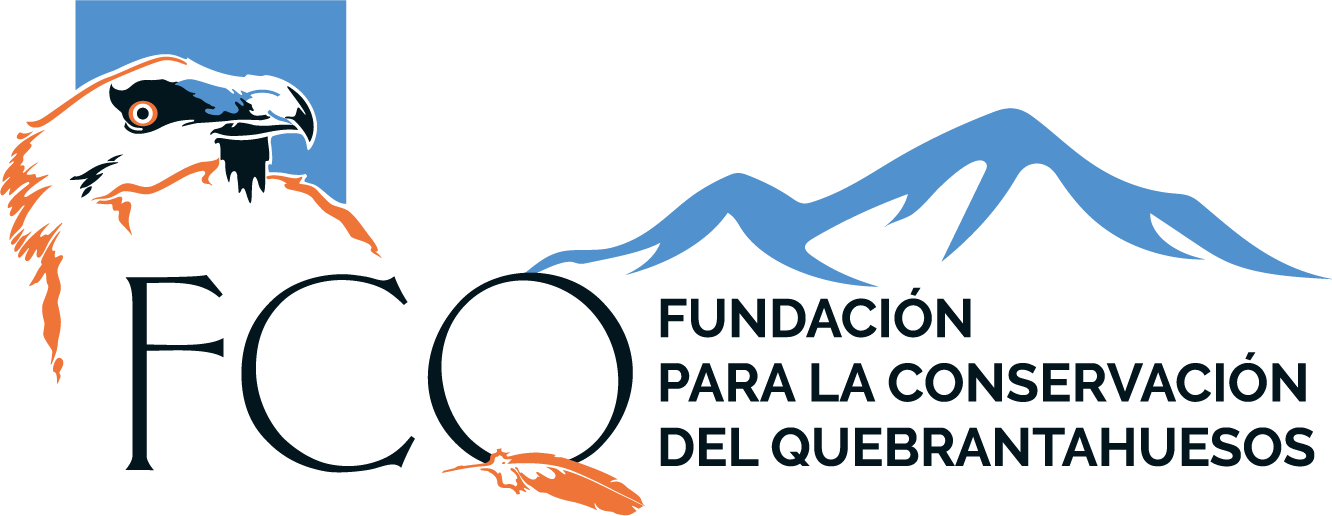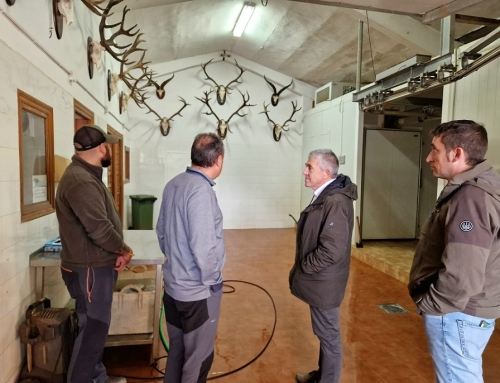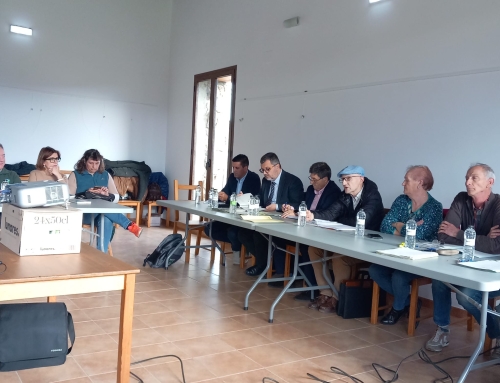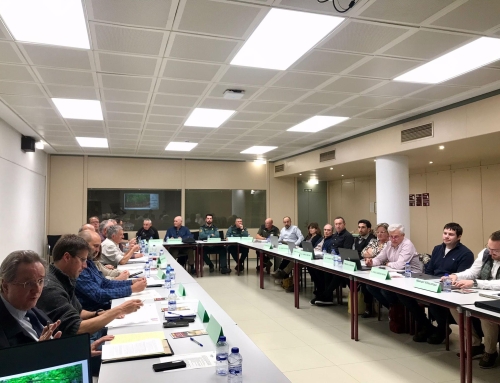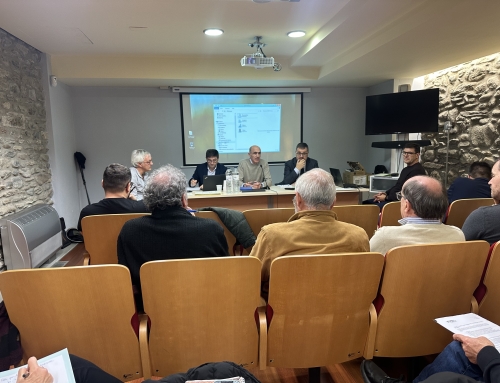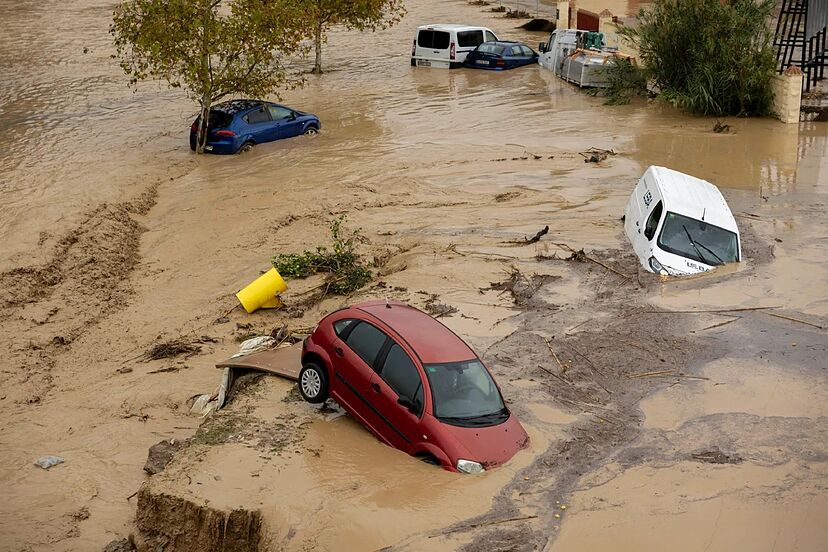
Why is flood damage increasing? The catastrophic floods at the end of October 2024, which have affected many towns, particularly in the Valencian Community and which have been especially virulent in the regions of Plana de Utiel-Requena and l’Horta Sud and neighboring regions (La Hoya de Buñol, La Ribera), as well as in some towns of Albacete (Letur), have overwhelmed us by the suffering of those affected, the high number of human lives lost and the consequences faced by those who, having survived, have lost property or even their basic source of income. Before sharing our reflections on some aspects related to flood risk management, we would like to express our empathy and solidarity with all the affected population.
Even before the waters have returned to their course and the mud and debris have been removed from the streets, there is a debate about the causes of the flood and doubts about the extent to which some of its effects were avoidable. Some voices point to the lack of “cleaning” of the rivers or the elimination of dams as the cause of the disaster, while relying on hydraulic infrastructures to contain the flows. However, the problem is not that the rivers are “dirty” or that there is a lack of reservoirs or higher dams. The Mediterranean climate has always had recurrent droughts and torrential rains, but in recent decades flood damage has been skyrocketing. Why is this happening? We point out eight main causes or factors
1.
Climate change caused by the increase in the atmospheric concentration of greenhouse gases, mainly as a result of the massive use of fossil fuels that accompanies industrialization, implies a rise in average air and sea temperatures and leads to a greater frequency and intensity of extreme phenomena such as droughts and torrential rains. The Mediterranean basin is particularly sensitive to these changes. The evacuation of flows generated by heavy rainfall is hindered by the following factors:
2.
The occupation of flood zones (river flood plains, wetlands, etc.) by housing and infrastructure increases the risk exposure of the population and property settled there, while reducing the space through which water would naturally circulate. Despite
3.
Increasingly intensive agricultural areas without conservation practices. Industrial agriculture and the expansion of intensive irrigation are increasing runoff and sediment entrainment, due to the general practice of keeping soils bare, without the protection of vegetation cover, and in the absence of conservation practices. Damage downstream is increased because the water arrives in less time, in greater quantity and loaded with more sediment. 4. The unstoppable waterproofing of the soil, due to urban expansion and the proliferation of infrastructures, reduces infiltration and drastically increases the volume and speed of surface water circulation and, with it, the damage. 5.
New transport infrastructures that disorganize natural drainage (highways, railway lines, traffic circles…), creating barriers that alter the drainage network and divert water flows to areas previously free from flooding. 6. Flood defense works that aggravate damage. Dredging, dykes, dikes, meander cuts and channeling create a false security that favors greater occupation of flood zones, increasing exposure to risk. In addition, these infrastructures increase the speed of water and its destructive capacity downstream. The channeling of ravines that allowed the urban expansion of the towns of l’Horta Sud and the possible barrier effect of the southern dike of the new Turia riverbed, which limits the natural flooding area of the Poio wadi, are dramatic examples of this phenomenon.
7.
Limited or poorly functioning institutional warning and intervention systems. Material and human resources are sometimes not up to the demands of increasingly severe flooding episodes. In many cases it is not a problem of lack of information and training (there are emergency plans, warning systems, etc., which could be improved, of course), but of a political culture that prefers to minimize the problems instead of transferring their seriousness to the population.
8.
Generalized lack of a risk management culture: a way of thinking that has not internalized the precautionary principle for the management of uncertainty and systematically puts private economic benefit before the safety of citizens, delaying the adoption of measures. On the other hand, in society as a whole there is a lack of training for proper risk assessment and emergency response. What can we do to reduce flood damage? Here are eight proposals
1.
An effective climate change adaptation and mitigation policy. The effects of climate change are now inevitable. We must act urgently to adapt our lifestyles to the new situation and at the same time reduce atmospheric concentrations of greenhouse gases. Some adaptation (and mitigation) actions are costly and time-consuming, but it is urgent to start them.
2.
Respect flood zones. Autonomous communities and municipalities should draw up land-use and urban development plans that incorporate the reduction of the existing occupation of flood-prone areas identified in the risk maps already available. On the other hand, the Flood Risk Management Plans of the basins should establish the mandatory adaptation of municipal urban plans to the Flood Zone Cartography.
Page 3 of 3
Fundación Nueva Cultura del Agua -C/Pedro Cerbuna, 12, 4ºdcha.-50009 Zaragoza- http://www.fnca.eu http://www.fnca.eu
3.
Eliminate housing and infrastructure in high-risk areas. It is urgent to carry out a census of homes and facilities in high-risk areas or areas of high social vulnerability (schools, health centers, homes for the elderly, disadvantaged population groups). Repairs after a flood should be prioritized according to social criteria, attending to the basic needs of the most vulnerable.
But they should also be carried out with a perspective that minimizes risks and reduces the probability of further damage. Thus, aid should not be granted for the reconstruction of houses in flood-prone areas, but rather for their relocation to safe areas, as was done, for example, with the population of Gavarda after the bursting of the Tous dam in 1982. The moment of reconstruction is also the moment of opportunity to do things better, correcting past mistakes.
4.
Return space to the rivers. Manage the river territory with a basin vision between urban areas and their surrounding spaces. The elimination of barriers, such as barriers, channeling and transverse infrastructures upstream and downstream of urban centers, is key to returning part of the overflow space to the rivers. The river territory, consisting of the river itself and the adjacent flood plains, acts as a flood expansion zone, protecting the urban areas downstream. There can be no better insurance for a riparian population than to replace an adverse phenomenon, flooding, with a less damaging one, overflowing, in suitable areas.
5.
Implement Natural Water Retention Measures in agricultural areas. Natural Water Retention Measures (NWRM, www.nwrm.eu) are actions inspired by nature that increase water and soil retention and reduce the risk of flooding. They include restoring natural vegetation in agricultural areas, with hedgerows, border vegetation and small patches of natural vegetation between plots. It is also necessary to recover the natural drainage network, which has been eliminated or seriously altered by intensive agriculture that exploits the maximum possible surface area. 6. Implement Sustainable Urban Drainage Systems, which include a wide range of measures based on nature and green infrastructures to reduce the impermeability of urban soil, increasing vegetated surfaces through filtering ditches, permeable pavements, artificial wetlands and rain gardens, among other actions, in order to reduce surface runoff, laminate inflows into the sewage network and minimize flood damage in urban areas. 7. Reinforcement and improvement of the coordination of institutional resources and mechanisms for rapid response to emergencies caused by extreme events, in order to improve the agility and efficiency of the systems, but also to limit the discretionary nature of decisions. Given the insurmountable uncertainty associated with prediction models and techniques, it is necessary to develop and incorporate a culture of precaution into decision-making. As seen in the floods of October 2024, the delay in risk communication and the launching of warnings by the Generalitat may have contributed significantly to the increase in the number of victims. With the same information available, other institutions such as the University of Valencia, alerted earlier, reducing the risk exposure of students and staff. On the other hand, in areas at risk it is imperative to have local flood emergency plans, accompanied by municipal ordinances and banns.
8.
Promote a strategy of education and social communication on the need for adaptive management in the face of floods.
We need to educate in uncertainty and risk management, counting on riparian inhabitants and developing education, social communication and training programs. Only a well-informed society will support proper management of river territories and will be better prepared to address climate change adaptation and reduce personal damages in emergency situations. Source: New Water Culture Foundation Watch video: https://www.youtube.com/watch?v=ms1_J-Li1n0
